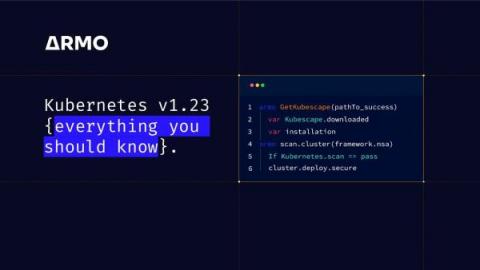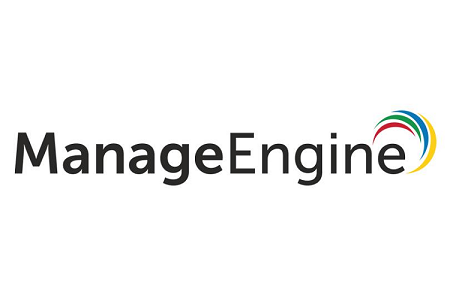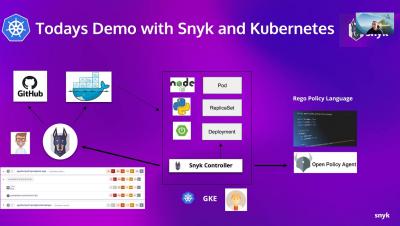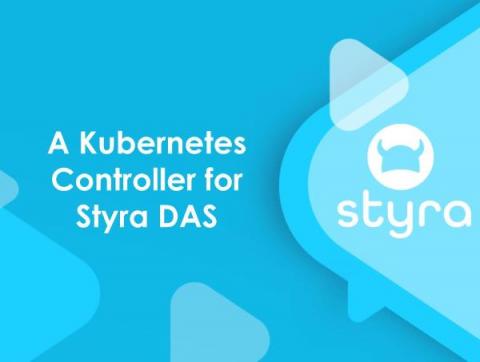Kubernetes version 1.23 is out - everything you should know
Kubernetes’ last release for the year v1..23 will be released next week Tuesday, December 7, 2021 The Christmas edition of Kubernetes comes with 45 new enhancements to make it more mature, secure, and scalable. In this blog, we’ll focus on the critical changes grouped into the Kubernetes API, containers and infrastructure, storage, networking, and security. Let's start with the “face of Kubernetes”, which makes it scalable and expandable.









